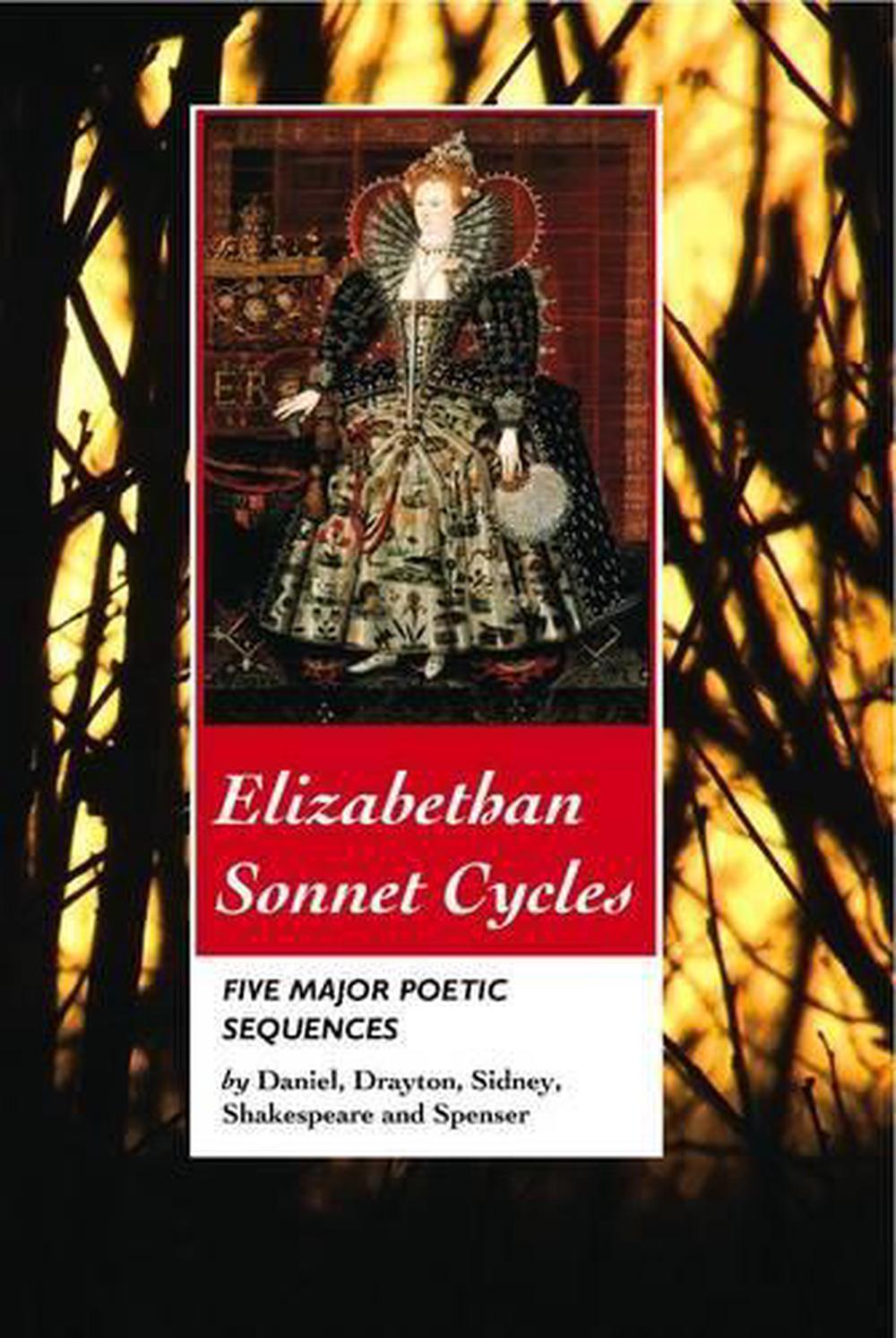

If we read the sequence in the order in which it is printed - as I think we should – it is natural to assume that this is the same young man so much praised by the speaker in the long preceding section. Her lovers appear to include a young man loved by the speaker (133, 144). Rather than being designed as elaborate celebrations of an unattainable lady, as in the ‘Petrarchan’ tradition, most of these sonnets express anger, even disgust, with a woman who is – also contrary to the European literary tradition – dark in complexion, and also, even more extraordinarily, sexually promiscuous.

The so-called ‘Dark Lady’ sonnets, 127 - 152, were probably written earlier, even though they are positioned later in the printed sequence. It is hard to reconcile these sonnets of reproach with many others in which the young man is praised as virtuous as well as beautiful. Presumably as a result, he has gained a bad reputation, having become ‘common’ (69, 70). Sometimes it appears that the young man has been unreliable or even treacherous (33, 34, 35) and sometimes he has been sexually uncontrolled (40, 41). The relationship between the older and younger man seems to be complex and uncomfortable. Sometimes the speaker comments on his own ageing, and even writes as if he will die soon - ‘No longer mourn for me when I am dead’ (71 see also 22, 73). In later sonnets, he promises him immortality through verse - see, for instance, 54, 55, 60, 63. In 1-17 the speaker tries to persuade this beautiful and well-born youth to marry and to beget sons as beautiful as himself. The first 126 sonnets all appear to be addressed to a young man.

His identity is open to debate, but it is certain, at least, that he was male. While some of them had carried preliminary dedications to aristocratic ladies - as well as a female name in the title - Shakespeare’s Sonnets is heralded by a mysterious dedication, set out in capital letters, to a ‘Master W.H.’, supposedly the ‘begetter’, or inspirer, of what follows. Shakespeare’s sequence is unusual in other ways, too.Īt 154 sonnets, it is longer than almost all of the Elizabethan sequences, which range from fifty to just over a hundred sonnets in all. The title, naming the author, not the love-object, is unusual and unprecedented. A cultural reason for the sudden popularity of this form in England may have been the presence on the throne of the unmarried Queen Elizabeth I, whom all of her subjects (supposedly) adored, but whom no-one could ever hope to possess.īy the time Shakespeare’s sequence, entitled Shakespeare’s Sonnets, was published in the plague year 1609, the form was no longer popular, and James I had succeeded Elizabeth. Many were named after the (partly or wholly imaginary) lady to whom they were addressed - Phillis, Delia, Idea and the like. In the next eight years several dozen English sonnet sequences appeared in print. But they became extremely fashionable in the late Elizabethan period, especially following the posthumous publication of Sir Philip Sidney’s brilliant Astrophil and Stella in 1591. Sonnet sequences reached England rather late. Following the model set by the late medieval Italian writer Francesco Petrarca (‘Petrarch’) (1304-74) in his sonnets to Madonna Laura, many poets arranged sonnets in coherent collections, or ‘sonnet sequences’, which explored a male speaker’s adoration of an unattainable lady. Sonnets - that is, rhymed, fourteen-line poems in iambic pentameters - were popular all over Europe during the sixteenth century.


 0 kommentar(er)
0 kommentar(er)
